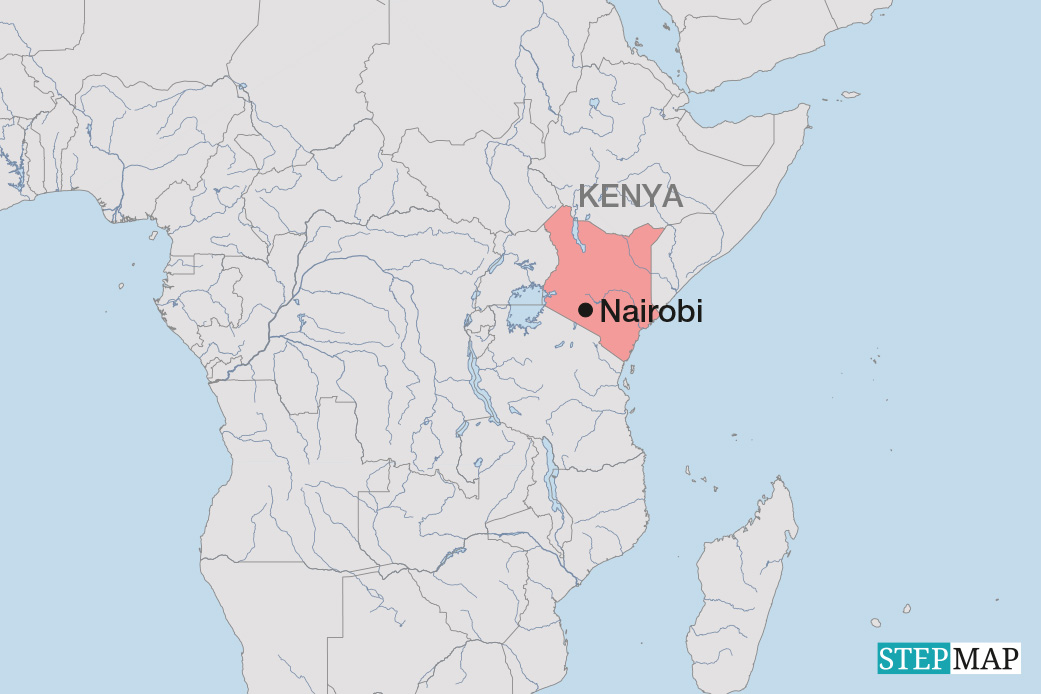Business development
Freedom to innovate
[ By Balthas Seibold and Phillip Winter ]
In Malawi in 2001, 14-year old William Kamkwamba’s parents told him they could no longer afford to send him to school. A major crop loss was hitting the family of farmers hard. Unwilling to be condemned to ignorance, William read science books in his spare time and built his own wind generator out of local scrapyard components. With continual improvement, William’s generator produced enough energy to charge his neighbours’ mobile phones and provided an opportunity to make some extra money.
This story is not unusual. Kamkwamba is just one of many inventors in the developing world who, equipped with a talent and keen attitude towards innovation, find ways to improve the standard of life of their communities. Two Kenyan students are another example. They invented a bicycle-powered cellphone charger. Many Africans, after all, own mobile phones, but power grids do not cover all areas.
SolarAid is yet another example. This enterprise in Botswana makes low-cost hearing aids. The devices have a lightweight solar charger. Even consumers in rich nations are becoming interested in this product. Another group, Potters for Peace, produces a low-tech, low-cost ceramic water purifier which helps to prevent waterborne diseases and is becoming the basis of an ecosystem of small enterprises.
Innovation, however, always builds on the work of others. Small enterprises in developing countries have to struggle with the fact that the building blocks they need are often owned by others: more than 85 % of all patents are held by companies based in the USA, the EU and Japan. Consider the case of the bicycle-powered cell-phone charger in Kenya: can the two innovators be sure the items they used from the junkyard – bits from spoilt radios and televisions – do not contain patented circuits? Should that be the case, IPR protection might prevent them from building their local business.
International agreements on intellectual property rights (IPR) imply that poor countries have to step up their IP protection. One result, according to UNCTAD’s Least Developed Countries Report of 2007, is a rising one-way flow of royalties and license costs based on copyrights and patents to industrialised countries. Developing countries pay more and more for intellectual property.
Zealous IPR protection affects local innovation in the developing world in other ways too. Often, researchers lack access to necessary information such as latest research findings and affordable learning opportunities –and so do small and medium sized enterprises (SMEs). Rising costs for licenses or royalties, moreover, do not only hamper innovation. They affect private-sector growth in general in important fields such as information/communication technology (ICT), health care, agriculture and renewable energy.
Open innovation
In contrast to the traditional paradigm of closed innovation with high IPR protection, a more collaborative world is possible with open innovation. According to Henry Chesbrough, an economist from the USA, open innovation is about “internal as well as external ideas, and internal and external paths to markets”. According to the new paradigm, innovation is no longer a confidential issue, but rather about sharing insights with anyone interested in the matter. Wikipedia defines the related concept of “open source” as “practices in production and development [of products] that promote access to the end product’s source material”.
All over the world, innovative firms are getting on board. For example, both the hearing aid and the water purifier mentioned above are produced according to these principles. Increasingly, companies are following this alternative business model. People around the world share their ideas and innovations. What is more, they are called upon to study, modify and share innovations. Classical reverse engineering is thus becoming a perfectly legitimate and legal business strategy. Potential innovators, including from developing countries, find a wealth of building blocks for open innovation on collaborative web 2.0 platforms like appropedia.org, howtopedia.org or makerwiki.
“Open source” forms part of the digital knowledge commons along with other free knowledge concepts, like “open access”, which promotes free access to scientific information, and “open content”, the idea behind the online encyclopedia Wikipedia. The knowledge commons are immaterial collectively-owned goods where, instead of copyright, the principle of “copyleft” prevails: innovators do not need permission and have no obligation to acquire a license to use copylefted material. In short, a copyleft licence is a “licence to innovate”; it grants all necessary rights to study, use, remix and redistribute an improved work – under the condition that the results will once again be available to all parties interested.
Today, the digital knowledge commons is growing rapidly. Examples include
– free and open-source software (FOSS) and open engineering designs,
– digital media such as online encyclopedias or dictionaries,
– open educational resources such as the Massachusetts Institute of Technology’s OpenCourseware,
– art (music, pictures, movies) under creative commons licences and
– open scientific collections such as the Public Library of Science or the Science Commons.
In all cases, the potential for contributing to open innovation in the sense of a freedom to innovate is great.
The most prominent examples of FOSS are probably the operating system Linux, Open Office or the web browser Firefox. Linux has shown that open-source programmes can be very competitive. Indeed, they may outperform solutions from a closed innovation setting. The reason is obvious: more people know the source code and, accordingly, can correct flaws and contribute other improvements.
But why should developers and companies embrace open innovation when that means giving up control of the fruits of their efforts? Scholars have long argued that innovation depends on innovators being rewarded for their work in the form of patents, copyright et cetera. In this view, progress is impossible unless IPR is kept private. Recent research, however, has proven it wrong. Eric von Hippel and Georg von Krogh, two economists, have come up with a “private-collective innovation model”, showing that there are incentives to innovating in a collectively-shared environment with an eye to serving the public good. Business models that are based on this notion, moreover, make sense too.
The strongest business model, at least in the ICT field, could be defined as “open everything, except service”. More and more SMEs around the world are choosing this approach, including in Africa, where a recent InWEnt Learning Course identified dozens of successful FOSS businesses and business models (see link below).
For the private sector in developing countries, knowledge commons provide a crucial opportunity for low-cost worldwide access to state-of-the-art knowledge. Knowledge commons, moreover, provide a solid basis for local inventors and innovators. They are allowed to appropriate elements of outside innovations, transform them into something relevant to local needs and contribute back to the open innovation pool. This is a good way to transfer technology.
Some innovators in the field of international cooperation are engaged in programmes to promote open innovation approaches, such as the International Development Research Centre (IDRC), the Open Society Institute, the Shuttleworth Foundation and InWEnt.
One example is the upcoming InWEnt initiative “commons@ip – harnessing the knowledge commons for open innovation”. It was co-designed by the IDRC and will form part of InWEnt’s capacity building programme Train for Trade, covering several important aspects of open innovation. The goal is capacity building on
– how to harness the knowledge commons for open innovation in Africa,
– how to foster a more enabling legal environment for open innovation across the region, and
– how to bring about more open collaboration in innovation networks.
The initiative will network African experts on lPR, engage in dialogue with diverse stakeholders (ranging from private-sector companies to civil-society groups and government agencies) and promote exchange with like-minded professionals in rising powers like South Africa, India and Brazil.








